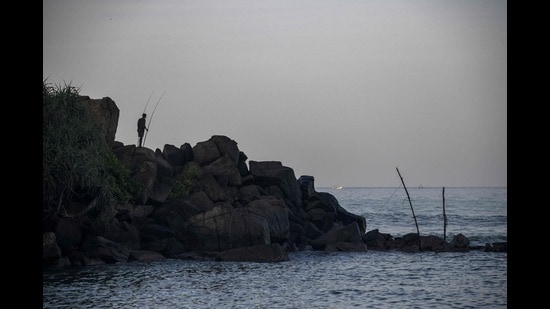Frequent marine heat waves in Indian Ocean could disrupt India‘s monsoon patterns
These heat waves may decrease the overall rainfall activity over central India, which includes Maharashtra
PUN: Marine heat waves in western Indian oceans (WIOs) have witnessed a four-fold increase in the last few decades as compared to marine heat waves in the northern Bay of Bengal which have seen an increase of two to three times, said Dr Roxy Matthew, a scientist from the Indian Institute of Tropical Meteorology (IITM). He said that these heat waves may decrease the overall rainfall activity over central India, which includes Maharashtra. However, heavy rainfall will be on the rise in the region.

Matthew has recently published a paper on the ‘Genesis and Trends in Marine Heat waves over the Tropical Indian Ocean and their Interaction with the Indian Summer Monsoon’ in the Journal of Geophysical Research: Ocean.
“The western Indian ocean has seen more frequent and long lasting marine heat waves that are larger in size. However, in the northern Bay of Bengal, the frequency of heat waves has increased about two to three times in the last four decades and the heat waves are short-lived as well,” Matthew said.
He said that the difference in trends in the WIOs is connected to the changes in atmospheric surface over the Pacific ocean. Whenever there is an El Nino in the Pacific ocean, it affects the WIOs. “Subsequent to change in the Pacific ocean, there is change in the WIOs. The impact is greater in the WIOs as compared to the northern Bay of Bengal,” said Mathew.
These heat waves will impact rainfall in Maharashtra in the coming years to the extent that rainfall activity may decrease.
“We can say that the marine heat waves will subsequently decrease rainfall in central India which includes Maharashtra. In some regions like Marathwada, there could be more rain in some years but if you look at the data of the past three to four decades, you can see that the total rainfall in the region is decreasing. However, instances of heavy rainfall have increased. Rainfall in short spells has increased and we have plenty of such examples in the last year,” said Mathew.
Speaking further about marine heat waves, Matthew said that they may have a potential impact on cyclones as well as marine diversity and fisheries. “We hope to push for more ocean buoys which can help us with accurate data. We have data from satellites but the accuracy is not as good. For example, we recently observed that the temperature of the western Indian ocean according to satellite was 31 degrees Celsius but from oceanic buoys, the temperature recorded was 33 degrees Celsius. This accuracy of data can in turn make weather forecasting for the monsoon more accurate for us. And hence there should be more oceanic buoys for data and observation,” said Matthew.



